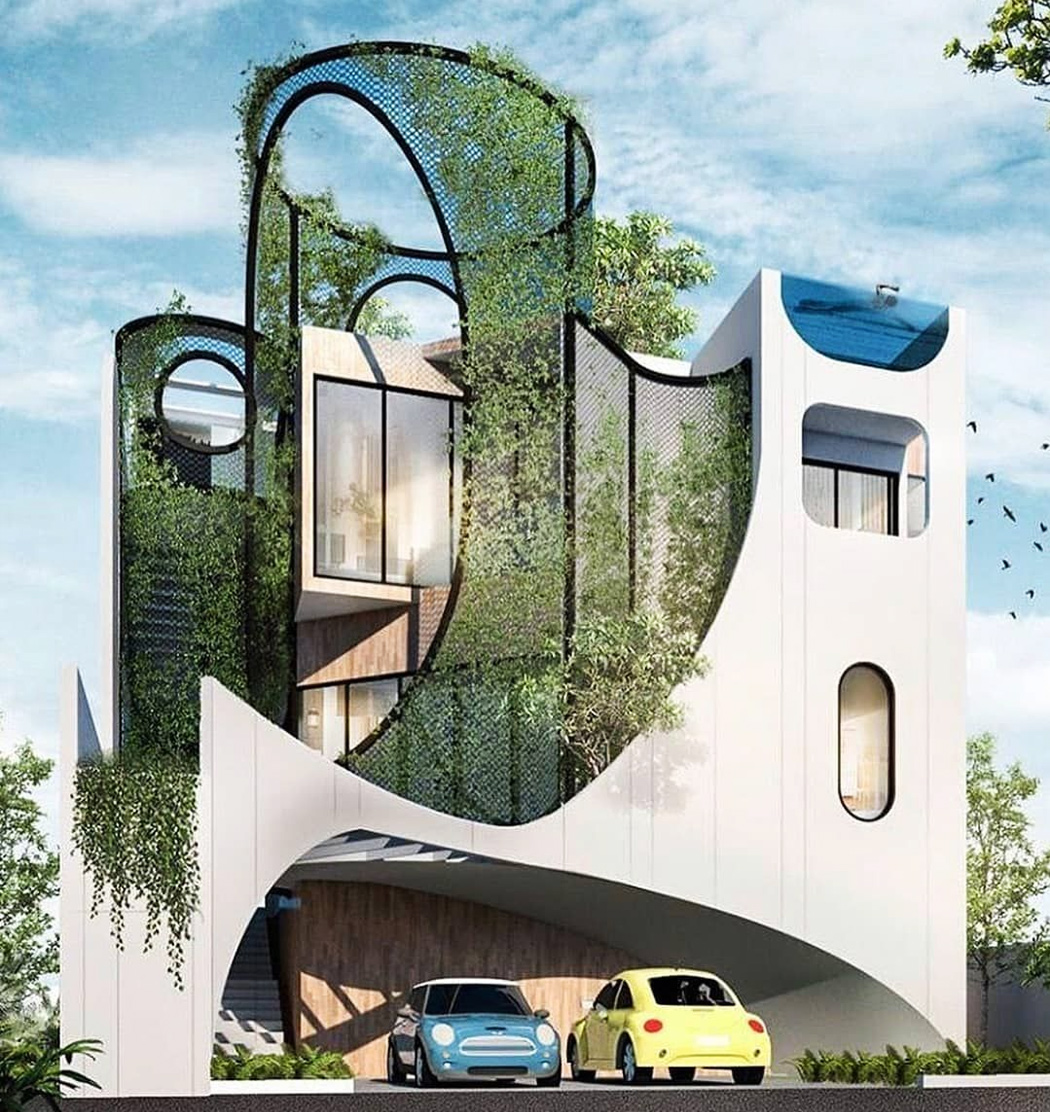The Creative Refine Behind Successful Jobs from CDA Architects
The Effect of Technical Innovations on the Layout Practices of Contemporary Architects
The quick evolution of technical devices has considerably reshaped the design landscape for modern engineers, cultivating extraordinary levels of innovation and sustainability. Checking out these characteristics reveals a nuanced interplay between modern technology and standard layout techniques, motivating a closer assessment of what the future holds for building methods.
Evolution of Architectural Devices
Just how have building devices changed the layout and building and construction processes over the centuries? The advancement of building tools has actually considerably affected the performance, precision, and creative thinking of design and building and construction.
With the development of the Renaissance, the introduction of the compass and the protractor marked an essential shift. These tools made it possible for architects to accomplish greater accuracy in their layouts, assisting in the appearance of even more intricate and proportionate buildings. The Industrial Revolution further revolutionized building experiment the intro of mechanical devices and products, permitting bigger and a lot more enthusiastic tasks.
In the 20th century, the advancement of computer-aided layout (CAD) software program changed the landscape once more, giving designers with unmatched abilities in modeling and visualization. Today, progressed devices such as Building Information Modeling (BIM) and parametric design software application proceed to press the borders of building innovation, enabling a much more integrated method to design and construction processes.
Boosted Collaboration in Layout
As innovation continues to evolve, improved partnership in design has actually ended up being a foundation of contemporary architectural technique. The integration of electronic tools such as Building Info Modeling (BIM), cloud-based systems, and advanced visualization software has actually transformed the means architects, designers, and stakeholders engage throughout the layout procedure. These tools assist in real-time communication, allowing groups to share concepts, adjustments, and responses instantly, no matter geographical location.

In addition, interdisciplinary partnership has been streamlined via these technical innovations, enabling engineers to function a lot more very closely with various other professionals, such as metropolitan organizers and ecological specialists. The result is an extra natural strategy to create that takes into consideration numerous perspectives and knowledge. Inevitably, enhanced collaboration in design is not just a pattern; it is vital for developing innovative, useful, and aesthetically pleasing style in a progressively complicated world.

Sustainability Via Technology
Sustainability in design has increasingly become intertwined with technological development, driving the sector towards eco accountable techniques. Contemporary engineers are leveraging sophisticated modern technologies to reduce environmental effect while improving the efficiency of structures. cda architects. One famous example is the usage of Structure Information Modeling (BIM), which permits precise preparation and resource allocation, minimizing waste throughout building and construction and advertising energy performance throughout a building's lifecycle
In addition, wise products and energy-efficient systems are being integrated right into designs to enhance resource use. Technologies such as solar batteries and green roof covering systems harness sustainable power sources, adding to decreased carbon footprints. In addition, the application of man-made intelligence in design processes enables architects to imitate and examine energy consumption, guiding choices toward even more lasting results.
The assimilation of sustainable modern technologies not only aligns with global environmental goals yet also satisfies a raising need from consumers for environmentally friendly solutions. As engineers welcome these innovations, the emphasis changes towards producing areas that are not only visually pleasing however likewise functionally lasting, thus redefining the standards of modern design. By doing this, modern technology serves as a catalyst for sustainability, enabling designers to make buildings that regard and enhance the natural surroundings.
Difficulties in Application
While technological developments in architecture hold terrific promise for enhancing sustainability, their application usually comes across substantial difficulties. One key challenge is the high discovering contour connected with new technologies. Engineers and construction specialists may require extensive training to effectively make use of sophisticated software program and devices, which can delay job timelines and raise costs.
Furthermore, the assimilation of emerging innovations, such as Building Information Modeling (BIM) and lasting products, typically necessitates partnership throughout multidisciplinary find groups. This collaboration can be prevented by differences in experience, process, and interaction styles, resulting in potential conflicts and inadequacies.

Furthermore, regulative structures and building regulations may not equal technical advancements, creating obscurity and prospective compliance concerns. This challenge can prevent designers from fully embracing brand-new technologies, as the danger of non-compliance may outweigh the advantages. As a result, addressing these implementation difficulties is critical for the successful assimilation of technical developments in contemporary building practices.
Future Trends in Design
The difficulties associated with the execution of new innovations in architecture have actually prompted a reevaluation of future fads within the sector - cda architects. As engineers navigate issues such as sustainability, urbanization, and social equity, they are progressively adopting innovative technologies to improve design efficiency and environmental efficiency
One famous trend is the integration of expert system (AI) in the layout procedure. AI tools can examine huge datasets to educate style choices, boosting both imagination and capability. Similarly, Building Information Modeling pop over here (BIM) continues to progress, enabling real-time collaboration among stakeholders and promoting streamlined project administration.
Sustainable design techniques are likewise getting energy, with engineers focusing on flexible reuse and regenerative layout principles that lessen resource consumption and waste. The unification of smart materials and eco-friendly energy sources will certainly further boost the strength of buildings when faced with climate change.
Furthermore, the surge of parametric layout permits even more tailored and context-sensitive architectural remedies (cda architects). By using these developments, engineers are poised to develop developed settings that not only attend to the prompt demands of culture yet additionally prepare for future obstacles, thereby redefining the role of design in an ever-changing world
Final Thought
Technological innovations have substantially reshaped architectural style techniques, promoting enhanced precision, cooperation, and sustainability. The assimilation of devices such as Building Web Site Info Modeling and parametric style software application, alongside artificial knowledge and clever materials, encourages engineers to address complicated difficulties more efficiently.